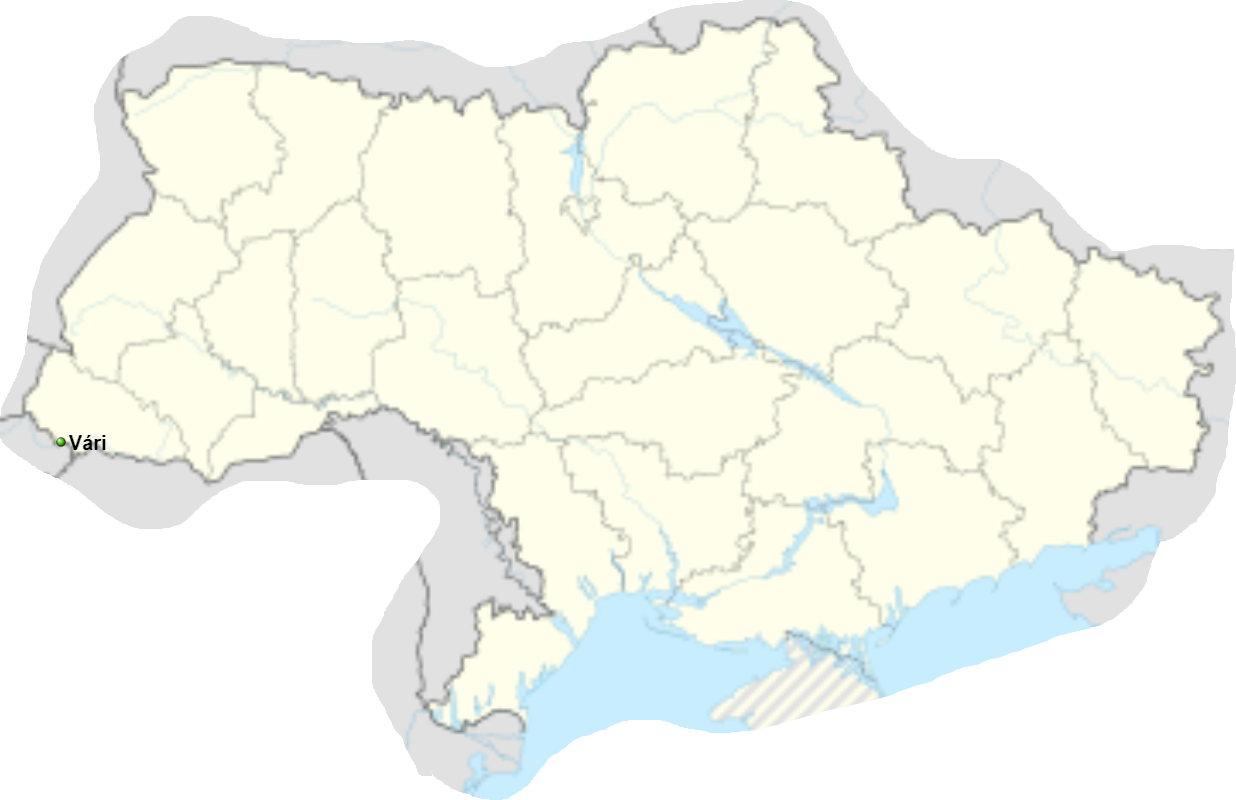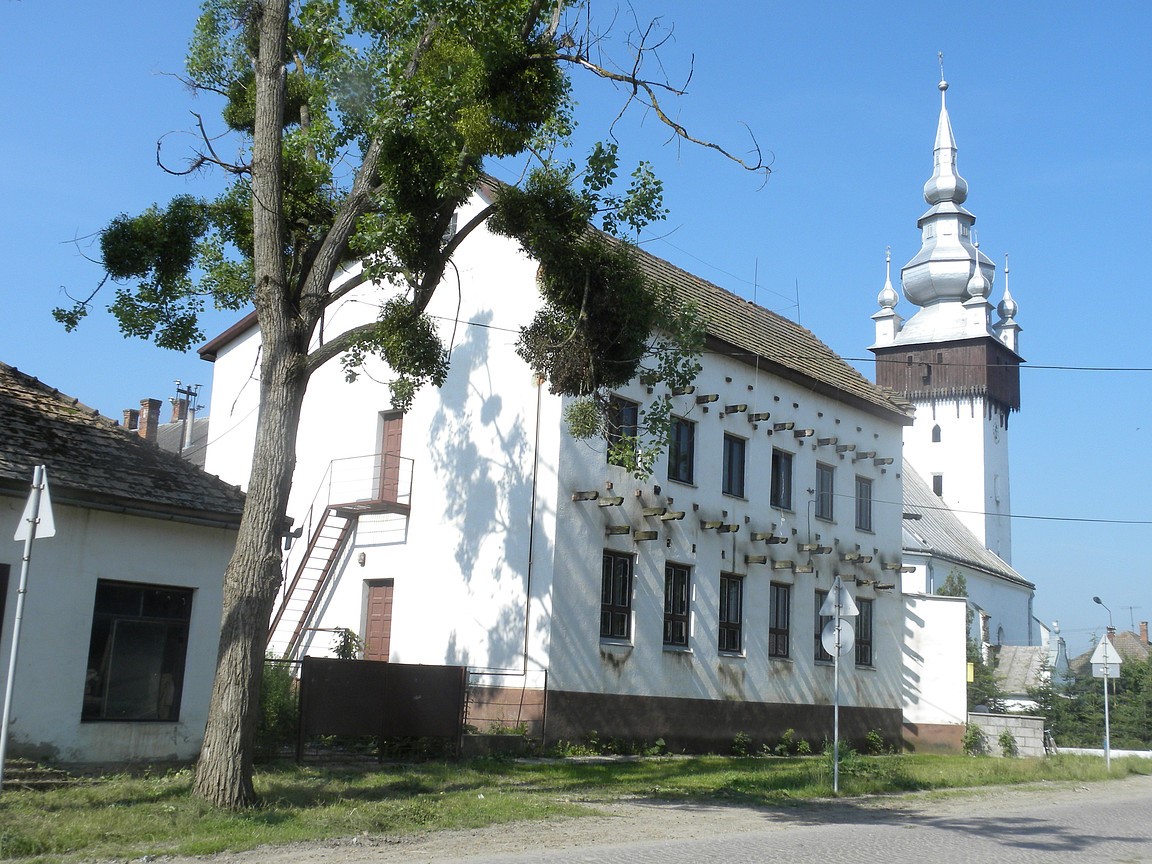Vári (until 1899 Mezővári, in Ukrainian Вари (Vari / Vary), in Slovak Variová) is a village in Subcarpathian Ukraine in Beregszász Raion, 17 km southeast of Beregszasz, at the mouth of the Tisza Borzsa.
Its name comes from the Hungarian noun castel, which it got from its old earthen castle.
It is mentioned for the first time in 1320 under the name of Vári, before being called Borsovavár.It was mentioned in 1320 under the name of Vári, before being called Borsovavár. Vári was built at the confluence of the Borzsa and Tisa rivers, near the earthen castle whose remains can still be recognized today, which the local history literature considers. Traces of the earthen castle from the age of the miser in Borșova can be seen in its cemetery.
The castle, named after its first lord, Borș, was once the seat of the county. It was destroyed during the Tatar invasion.
In the middle of the 14th century, the village received the privileges of a market town, in 1566 it was burned by the Tatars, then in 1657 it was devastated by the Poles, in 1660 it was destroyed by the Turks, in 1716 the Tatars from Creemea invaded. Above the gate of the reformed church is a plaque commemorating the Rákóczi freedom struggle.
On May 21, 1703, Tamás Esze’s kuruci unfurled the Rákóczi flags in the village square as a sign of the beginning of the struggle for freedom. In 1910, 2,612 out of 2,625 inhabitants were Hungarians, today 3,008 out of 3,302 inhabitants are Hungarians.



